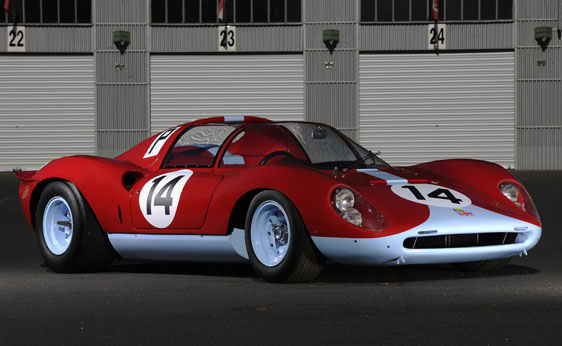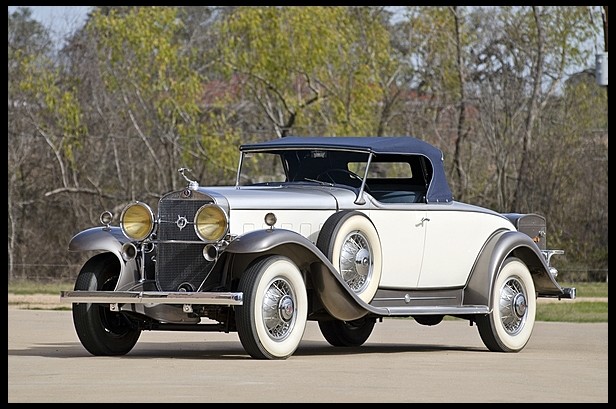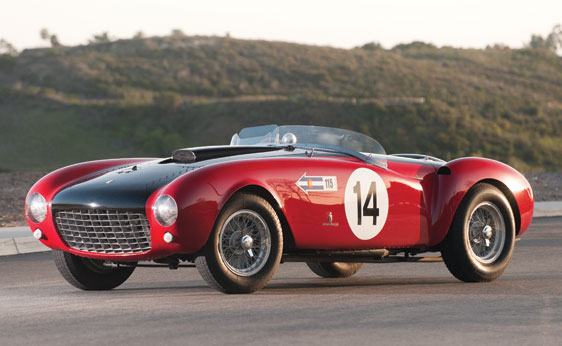1930 Alfa Romeo 6C 1750 Gran Sport Spyder
Offered by Bonhams | Monaco | May 11, 2012

Photo – Bonhams
Enzo Ferrari founded his race team, Scuderia Ferrari, in 1929 and the team entered its first race in 1930. It was the Mille Miglia and they entered three cars. This was one of them. It’s competition history includes the following:
- 1930 Mille Miglia – DNF (with Luigi Scarfiotti and Guglielmo Carraroli)
- 1930 Coppa Gran Sasso – 5th (with Scarfiotti)
- 1930 Coppa Pierazzi – 4th (with Scarfiotti)
- 1931 Mille Miglia – 6th (with Scarfiotti and Piero Bucci)
The car was used on the road by Scarfiotti for a while before he sold it back to Alfa Romeo. It was registered in Italy until the mid-1930s and then it’s history goes dark. That is, until 1960 when it was rediscovered (in Modena) and restored. The body is probably new (and not the original supplied by Zagato) but in period style but it retains the original mechanicals and chassis. It is also said that five of the pistons on this car are marked with an “SF” – the early Scuderia Ferrari marking, making this the oldest car with such markings.
The 6C was produced by by Alfa Romeo from 1925 until 1954, with the 1750 model seen here produced only from 1929 through 1933 in six different “series.” This is a Series IV model with the same 1752cc straight-six as previous series. However, this was the first 1750 model available with a supercharger, increasing output to just over a claimed 100 horsepower. Of the 2,635 6C 1750s built, less than 200 were Series IV Gran Sport models.
Early Alfa Romeo’s like this are quite valuable on their own, but adding in the significance of this being one of Scuderia Ferrari’s first three race cars, it only makes it more so. The pre-sale estimate is listed at $1,100,000-$1,200,000. For the complete lot description, click here and to see more of Bonhams’ Monaco lineup, click here.
Update: Not sold.

 It sold for $338,000. I’m not sure I’ve ever seen one in that color, but I kind of like it. Other highlights include the how-did-I-fail-to-feature-this
It sold for $338,000. I’m not sure I’ve ever seen one in that color, but I kind of like it. Other highlights include the how-did-I-fail-to-feature-this 














